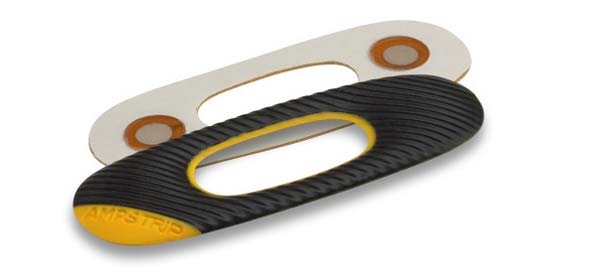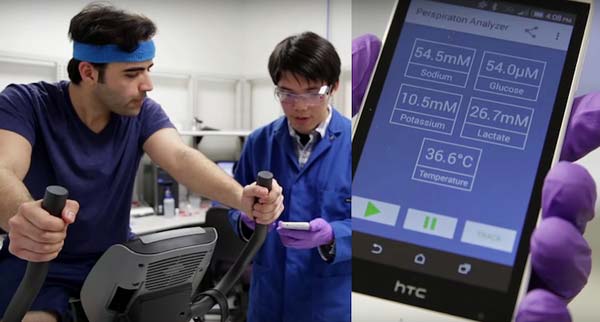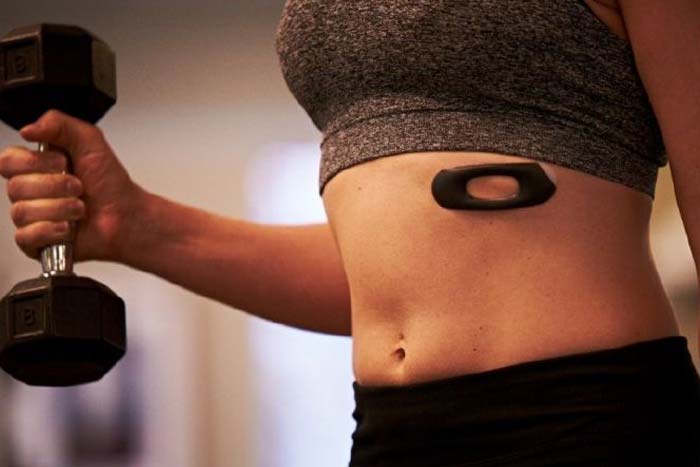Over the last one-year, wearable devices have increased in the market. There are many advantages that result from placing a sensor on the band-aid. First, it allows you to choose the specific part of your body that you want to collect data from. Most of these wearable tech focuses on the chest as is closer to action and less susceptible to light, movement and noise that plague the wrist based monitors.
You have plenty of ideas that you need to filter through. Besides the names mentioned below, Temp Pal allows the user to keep checks on the baby’s vitals and give alerts in case of condition changes, with an aim of nursing a sick child. It is therefore designed to be used in hospitals to monitor changes in vital signs of a patient.
And it is not plasters, band aids and patches only, Tech tats and Tech temp tattoo among other connected tattoos are increasingly gaining attention. They draw the circuit board to the skin by the use of conductive ink.
There are however different downsides that prevent us from using stick-on wearable on all training needs. The biggest challenge is the need to always replace the sticky element every time you wear it. Most devices do not adequate space for all the batteries and also lack screens for the connected plasters, this can be fiddle at times. This article will take you through the bad, ugly and the good part of the stick-on wearable.
Square: AmpStrip

The AmpStrip functions by sticking to the body and then transmits the biometric information to the user’s smartphone. It is designed for those with heart conditions and athletes. They however require the user to purchase a new sticking plaster.
Unlike most optical wristbands, they are more accurate. Most straps and optical wrist monitors lose a lot of information when you sweat or the product moves. The AmpStrip is a comfortable wear that guarantees clients comfort and accuracy.
The Amp String wearable device provides you with the instantaneous heart rate and their zones in real time. It will provide the most accurate data even when on a vigorous exercise. It provides you with advice on the best time to relax and also reads your heart rate when resting. To get the best heart rate during rest, take it just before you wake up, or even when you are away.
Smart Ear Hearables
The activity trackers have pushed the wearable technologies to the mainstream. Companies right and left are hopping on this bandwagon with limited chances of success. To avoid the wearable fatigue behaviour, firms have decided to give customers a factor or devices that he or she is comfortable in.
Smart ear devices, commonly known as hearables is for a good reason the new horizon in the wearable space. The current wearable devices require that the customer be convinced of the importance of wearing the device. Alternatively, the hearables have the potential to turn around the wearable space.
Think of the number of people who use ear buds, hearing aids and headphones on a daily basis. Most of the fitness fans may forget to put their put their wristband but they will require ear buds at the gym to listen to music. Most of the elderly people especially those suffering from arthritis find it difficult to wear a gadget but almost all use a hearing aid.
The biggest advantage of placing the wearable gadget in the ear is because the ear gives a clear gateway to the human brain and the body activity. They also provide vital information including temperature, blood pressure electrocardiography and pulse from an unobtrusive body position.
Sweat On

The users who wear the flexible sensor array have the ability to move freely and run while measuring and analysing the chemicals present in their sweat. The result data is then relayed wirelessly to a smartphone or a mobile device. The information given will then be used to assess the general heath of a person.
The wearable devices to be used will alert the users of health conditions like dehydration, high temperatures and fatigue. The sweat of a human being is physiologically full of information thus making it the best fluid to be used in non-invasive wearable sensors. However, measuring sweat should be done carefully in order to extract meaningful information that pertains to your general heath. In this light, an integrated system has been developed, to selectively and simultaneously measure different sweat analyses, and then transmit the processed data wirelessly to a smartphone.
Having the wearable sweat sensor is very incredible as the electrolytes and metabolites measured by this device are vital for the well-being of the person. When analysing the effect of a work out on the physiology of a person, blood samples will be taken. With this non-invasive technology, it may be possible to understand what is going on without attaching disposable cups on an individual.
Conclusion
When selecting the best Stick on wearable device to use, focus on these factors.
There are however downsides that prevent us from using stick-on wearable on all training needs. The biggest challenge is the need to always replace the sticky element every time you wear it. Most devices do not adequate space for all the batteries and also lack screens for the connected plasters, this can be fiddle at times. This article will take you through the bad, ugly and the good part of the stick-on wearable.


